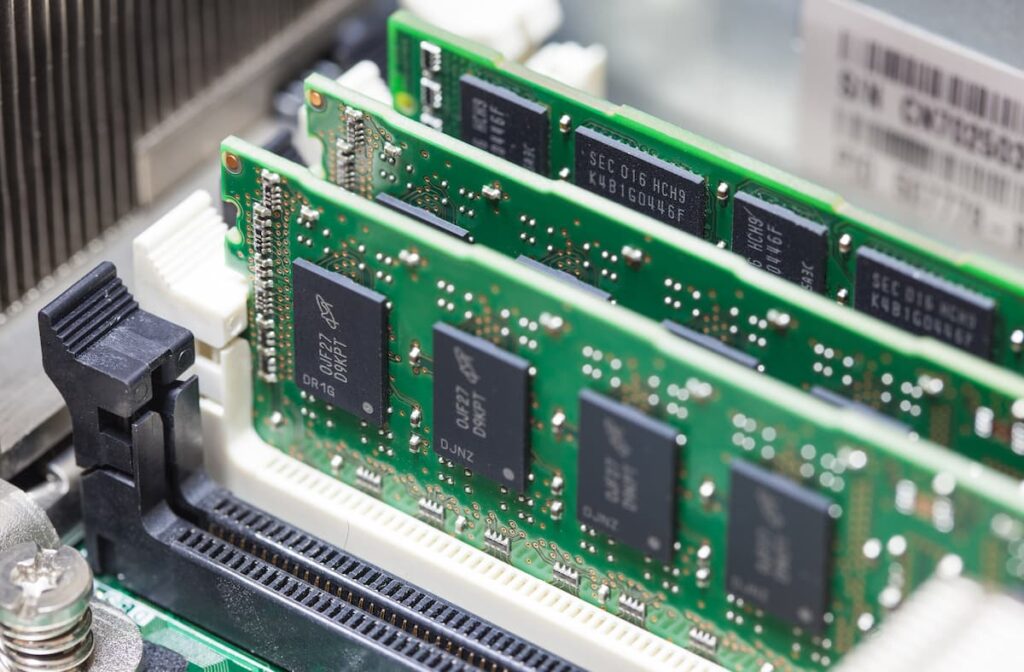6 Companies Building Organs on a Chip
Table of contents
Table of contents

In a past article, we provided a basic overview of the FDA Drug Approval process and noted that Phase 1 of the approval process is focused on making sure the drug compound is safely metabolized in the human body. Prior to this phase, animal tests are conducted to try and predict whether the compound will be safe for human use. Using test animals is not a very accurate method when you consider that as many as 30% of drug compounds never reach the market because of liver metabolism and toxicity issues. The cost of such failures is massive, with nearly 75% of pharmaceutical research and development expenditures devoted to developing drugs that never reach the market.
This is one reason why investors are so excited about Organovo (ONVO), a company which is using 3D Bioprinting to create liver tissues for drug testing. While the stock price has lost -63% year to date, at one point Organovo traded at a $1 billion valuation. With just $2 million in contract bookings so far,it remains to be seen how commercially viable 3D bioprinting will be for producing organ tissues for drug testing.
3D bioprinting isn’t the only potential way to reduce drug development costs. There is also a competing technology we wrote about before called “organs on a chip” which could completely displace the use of 3D bioprinting for producing tissues. An “organ on a chip” is a clear polymer which contains hollow microfluidic channels lined by living cells.
This device can then recreate the physiological and mechanical functions of a particular organ for a particular animal or human. While Insphero and Emulate are two of the more talked about “organ on a chip” startups, here are 6 more private companies to watch in this space.
Hepregen
Hepregen was spun out of MIT in 2008 and funded with a Series A round of $3 million. Since then, they took in an additional $1.5 million in grants bringing their total funding to $4.5 million. In 2013 they began selling their “liver on a chip” platform under the brand name HepatoPac. In addition to humans, the platform also supports rats, monkeys, and dogs. They also offer the HepatoMune product for humans only which is an inflamed liver.
Hurel Corporation
Founded in 2005, Hurel Corporation’s technology was funded and incubated by Merck from 2007-2011. Since then, Hurel has taken in $9.2 million in funding and counts The Humane Society of the United States as a participating investor. The Company also has worldwide exclusive rights to certain patents and patent applications owned by Cornell University. Their “liver on a chip” product supports 4 species (human, rat, dog, and primate) which can currently be air-shipped to laboratory locations throughout the United States and Western Europe.
Nortis
Seattle based Nortis was founded in 2011 as a spin-out from the University of Washington. The Company has taken in $2.65 million in funding so far with investors that included the Bill and Melinda Gates foundation. While little information is available about their progress, they are focused on a disposable “kidney on a chip” product which can be used for drug testing. Like the liver, the kidney is also highly susceptible to injury from drugs. Nortis stated that they plan to launch their core product in Q3 2015, which means as of today it should be available.
TissUse
Founded in 2010 spin-off from the Technische Universität Berlin, German company TissUse launched their 2-organ product in 2013 which has been successfully applied in more than 20 academic and industrial research projects. This two-organ-chip has been established for the simultaneous cultivation of two different cell types which can be interconnected and provide lifelike behavior. A new chip design serving specific customer needs can be produced in as little as two months. Tissue is working on a 4-organ chip and the development of a ten-organ-chip is expected to be completed by 2017.
AxoSim
Founded in 2014, AxoSim’s patent-pending core technology was developed in the lab of Dr. Michael J. Moore at Tulane University. Fabricated using hydrogel scaffolds, the Company’s patent-pending “nerve-on-a-chip” technology is a 3D cell-based model that acts and functions like a nerve. AxoSim has received funding from the National Science Foundation’s Innovation Corps program.
Tara Biosystems
Founded in 2014, Tara Biosystems is a New York-based Columbia University spin-out which is developing a “heart-on-a-chip” product. These tiny hearts are exposed to electrical stimulation which actually mimics a heartbeat. Tara Biosystems has taken in $300,000 in seed funding from Harris and Harris Group (TINY), a publicly-traded VC firm.
Update 06/24/2020: Tara Biosystems has raised $10 million in Series A funding to scale its cardiac tissue engineering platform technology and advance its drug discovery programs. This brings the company’s total funding to $21.3 million to date.
Sign up to our newsletter to get more of our great research delivered straight to your inbox!
Nanalyze Weekly includes useful insights written by our team of underpaid MBAs, research on new disruptive technology stocks flying under the radar, and summaries of our recent research. Always 100% free.


















I first heard of procedures in developing nerves and organs through AxoSim Technology in New Orleans and believe that there may be a future where animals will NOT be used in drug development and/or research. We MUST encourage these fledgling companies to continue to ldevelop their ground breaking techniques of truly the 21st century kind while retiring the archaic and horribly cruel procedures that have been overused and often times do not produce accurate results and costing millions of lost revenues. Keep up the genius.
As animal lovers ourselves, we’re happy to see this this technology is making some headway.
Well said!
There is a marked difference between the tissues Organovo is producing and the Organ On a Chip process. Mr Keith Murphy, CEO of Organovo, makes this distinction very clear in a recent presentation at:
Cantor Fitzgerald’s Inaugural Healthcare Conference, July 8, 2015.
” We distinguish ourselves in this space by being 100% cellular”. Organovo has a strong IP Composition of Matter in the 100% cellular space. Organ On a Chip is less 3D cellular and more 2D. The companies that have emerged in this space are a low cost, high throughput screening method. Organovo is a high-cost, low throughput screening method. “
Thank you for pointing that out Ron. We talked more about this topic in a previous article below:
https://nanalyze.com/2014/07/organs-on-chips-an-alternative-to-3d-bioprinting/
When Mr. Murphy says that organs-on-a-chip are “less 3D”, it’s hard to understand what that means at a cellular level. If Organovo is in fact a “high-cost” low throughput screening method, let’s hope that starts to become more apparent in ONVO’s revenue numbers.
I‘ve former read your text and asked myself how you can miss out Mimetas, a European organ-on-chip company. With less investments than all above mentioned, creating much more value. This year‘s HighTech company no. 1 in The Netherlands.
Thank you for the heads up! These lists are always tough when trying to get all the players out there. Noted on Mimetas.
How expensive are Organ on Chips vs the cost of animal testing?
Great question. Should be intuitively cheaper to use chips but we haven’t a clue to be honest.